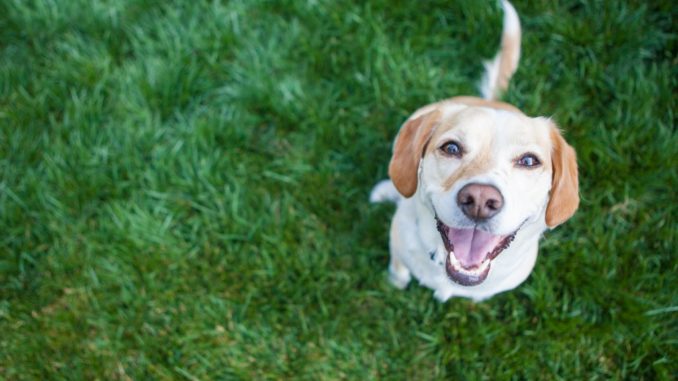
ca
If pet parents will be totally honest, they would probably admit that they have tried making their dogs talk to know what’s on their mind. In fact, it’s possibly the inspiration for the abundance of talking pet apps online. Here’s the thing: There’s indeed a way to speak and understand your puppy — without tech, just not in the way that you expect (not the audible-voice, human-lingo type of thing). Two words: body language. Your doggo’s non-verbals are their way of talking to you. Here’s how to read them:
Eyes
Puppy eyes can reveal so much about what your dog is feeling. You probably observe them having droopy eyelids whenever you rub their ears or tummy. That means they’re happy, and would probably want you to keep stroking.
A hard stare, with eyes unblinking, signals dominance and aggression. This often happens when you get the food or a stuffed toy they have been eyeing for quite a while. When you see this, it’s best not to gaze back at them and rather move back up slowly to break the tension. A pet that’s showing signs of potential aggression all the time isn’t normal, though. You can prevent this by sending your pet early on to puppy school. Utah dog training experts can help them better behave in different situations.
If your dog isn’t giving you the hard stare — just a plain, curious stare, then it might indicate that they’re looking for cues, like when you’re going to allow them to eat, go outside, or play catch with them.
Tail

Dogs also use their tails to communicate. If your pet holds their tail high, it may signal alertness, dominance, or excitement. On the other hand, if they’re keeping it close to their body, in between their legs, it means they’re afraid or submissive.
A tail in a neutral position would indicate that your furry friend is just relaxed. If they’re hurting, they would usually hold their tails lower than the usual. Wags can also be a form of communication, but they can mean different things.
In general, wagging is an indication of an excited dog. You probably observe this whenever you come home. When your pet wags from side to side at the relaxed position, then it’s an indication that they’re happy. If the wag is at a lower position, swinging back and forth fast, your dog may be confused about the situation they’re in that they might bite when their source of stress isn’t removed. It could also be an expression of submission towards you or other dogs.
Mouth
Dogs’ mouths speak volumes, too. Yes, when your pet opens their mouth vertically and shows their sharp canines, that means they’re in an aggressive mode. They might also attack when the corners of their mouth are pressed together and lunged a bit forward. If these are pushed back, it might indicate that they’re fearful.
In such situations, keep them close, as physical contact would reassure them. Hold them and pet them. Also, note that movements of the tongue can also be a form of communication. When they lick you in the face or the hands, then that’s an appeasement gesture. When they let their tongue out with mouth half open, that is a sign that they’re relaxed.
There are lots of ways to know what your dog is thinking and feeling. Remember that you have to observe their entire body and not treat the eyes, the mouth, and the tail separately to understand them better. Go ask yourself now, what does your dog tell you?
